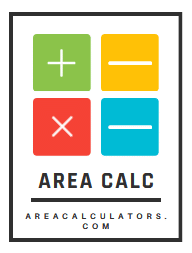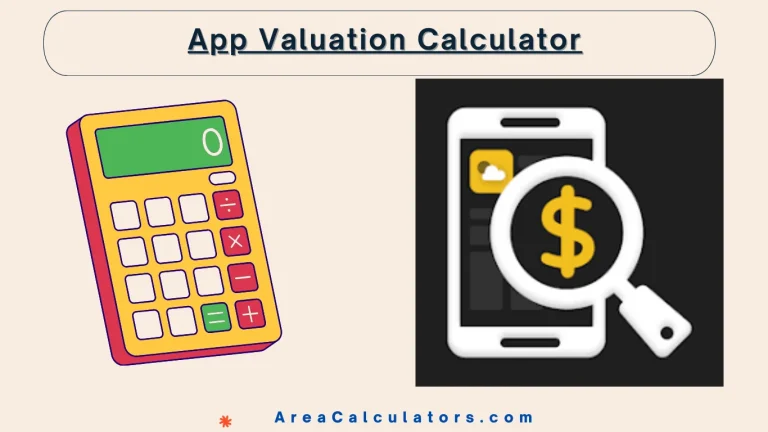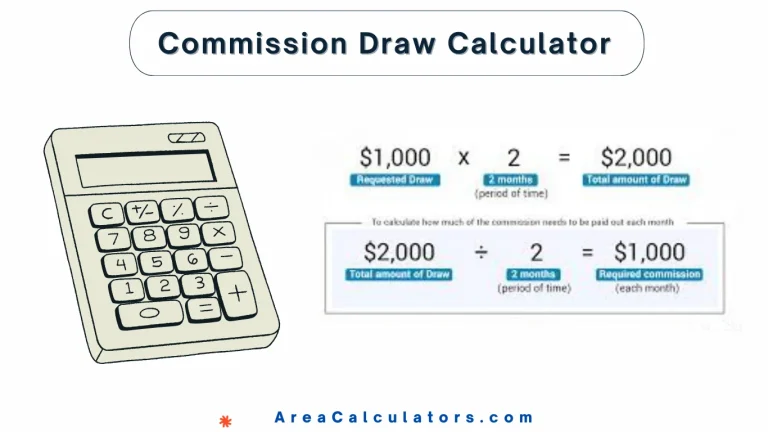To calculate gallons from an area, multiply the area by the depth and a constant (7.481).
The Area to Gallons Calculator is a useful tool for determining the volume of liquid, such as water or fuel, based on a given area and depth. This is commonly used in applications involving water storage, tank capacity planning, and industrial liquid measurements.
By entering the area and depth, the calculator provides the equivalent volume in gallons, ensuring accuracy in calculations for a variety of practical scenarios.
Formula:
G = A ∗ D ∗ 7.481
| Variable | Description | Unit |
|---|---|---|
| G | Volume of liquid | Gallons |
| A | Surface area | Square feet |
| D | Depth or height of the tank | Feet |
| 7.481 | Conversion factor from cubic feet to gallons | Constant |
Solved Calculations:
Example 1: Rectangular Tank Volume Calculation
| Step | Value | Explanation |
|---|---|---|
| Area (A) | 120 sq ft | Given surface area of the tank |
| Depth (D) | 4 ft | Provided depth |
| Multiply A by D | 480 cu ft | Calculate the cubic feet |
| Multiply by 7.481 | 3590.88 gallons | Convert cubic feet to gallons |
Example 2: Circular Tank Volume Calculation
| Step | Value | Explanation |
|---|---|---|
| Area (A) | 78.5 sq ft | Provided circular surface area |
| Depth (D) | 6 ft | Specified depth of the tank |
| Multiply A by D | 471 cu ft | Calculate the cubic feet |
| Multiply by 7.481 | 3523.85 gallons | Convert cubic feet to gallons |
Area To Gallons Calculator [ Tank Volume, Liquid Volume, Square Foot, Volume Calculator 2025]
The Area to Gallons Calculator is an innovative tool designed to estimate the number of gallons required to fill or cover a specific area based on its volume and dimensions.
Whether you’re calculating water for a rectangular pool, fuel for a tank, or any other liquid volume, this calculator simplifies the process by converting area and depth into gallons, making it incredibly versatile and user-friendly.
This calculator is ideal for homeowners, landscapers, and engineers who need to determine the volume of liquid storage or distribution in spaces like water tanks, pools, or irrigation systems. It’s especially helpful in answering queries such as "How many gallons are needed for 1000 square feet?" or "What is the volume of water a rectangular tank can hold?"
By providing accurate results, the tool ensures efficiency and accuracy in resource management. It eliminates the guesswork involved in manual calculations, making it a practical asset for both personal and professional use.
Final Words:
To wrap it up, the Area to Gallons Calculator is an indispensable resource for estimating liquid volumes. Its adaptability and precision make it a valuable tool for anyone dealing with area-based liquid calculations.



